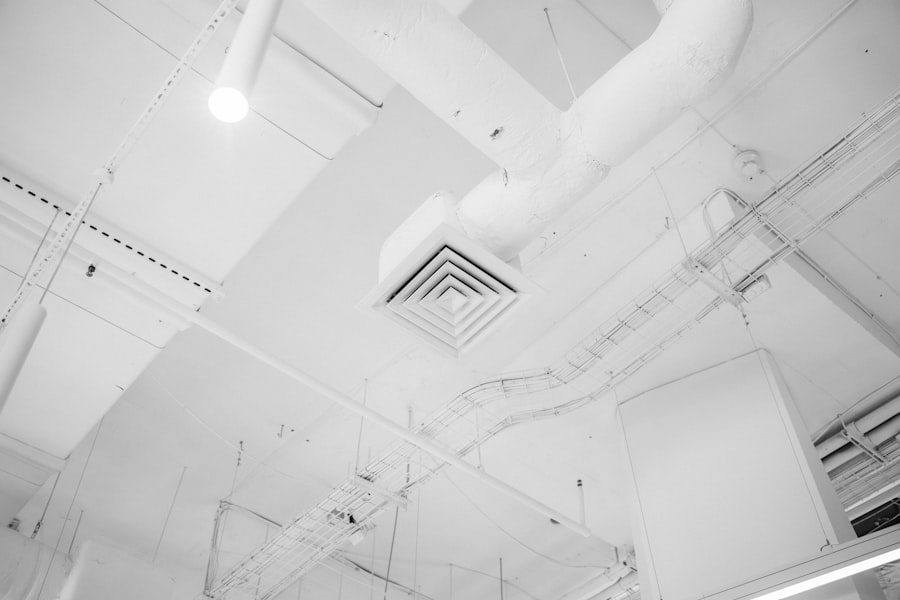Briquette production in Afghanistan has gained significant attention in recent years as a sustainable and eco-friendly alternative to traditional fuel sources. With the country facing challenges such as deforestation, energy insecurity, and environmental degradation, the production of briquettes offers a promising solution. Briquettes are compact blocks of compressed biomass materials, such as sawdust, agricultural residues, and charcoal dust, which can be used as a clean and efficient fuel source for cooking and heating. The production of briquettes not only helps to reduce the reliance on traditional fuels like firewood and charcoal but also contributes to the conservation of forests and natural resources. In Afghanistan, where the majority of the population relies on biomass for cooking and heating, the promotion of briquette production can have a significant impact on improving livelihoods and protecting the environment.
Briquette production in Afghanistan is still in its early stages, but there is a growing interest and investment in this sector. Various organizations and initiatives are working to promote the adoption of briquettes as a sustainable energy solution. The government has also recognized the potential of briquette production and has taken steps to support and incentivize the industry. With the right support and investment, briquette production has the potential to not only address energy and environmental challenges but also create employment opportunities and contribute to economic development in Afghanistan.
Key Takeaways
- Briquette production in Afghanistan is a sustainable and cost-effective solution for addressing energy and environmental challenges.
- Raw materials for briquette production in Afghanistan include biomass such as sawdust, agricultural waste, and animal waste, while equipment includes briquette machines and drying equipment.
- Techniques for efficient briquette production involve proper material preparation, mixing, compaction, and drying to ensure high-quality briquettes.
- Quality control and testing of briquettes are essential to ensure consistency and performance, with tests for density, moisture content, and calorific value.
- Briquette production in Afghanistan has positive environmental and social impacts, including reducing deforestation, creating employment opportunities, and improving indoor air quality.
Raw Materials and Equipment for Briquette Production
The production of briquettes requires specific raw materials and equipment to ensure efficiency and quality. The raw materials used for briquette production in Afghanistan typically include agricultural residues such as rice husks, wheat straw, and corn stalks, as well as sawdust and charcoal dust. These biomass materials are abundant in the country, making them readily available for briquette production. In addition to the raw materials, the production process requires equipment such as briquetting machines, crushers, dryers, and other machinery for processing and compressing the biomass materials into briquettes.
Briquetting machines are essential for the production of briquettes, as they are used to compress the raw materials into compact blocks. These machines come in various sizes and capacities, depending on the scale of production. Crushers and dryers are also important equipment in the production process, as they are used to prepare and dry the raw materials before they are fed into the briquetting machines. The selection of equipment for briquette production is crucial to ensure efficiency and productivity. It is important to invest in high-quality machinery that is suitable for the specific raw materials and production requirements.
Techniques for Efficient Briquette Production
Efficient briquette production requires the use of appropriate techniques and processes to ensure the quality and consistency of the briquettes. One of the key techniques for efficient briquette production is the proper preparation of raw materials. This involves sorting, shredding, and drying the biomass materials to ensure they are suitable for briquetting. Properly prepared raw materials result in higher quality briquettes with better combustion properties.
Another important technique for efficient briquette production is the use of the right binder or adhesive. Binders are substances that are added to the raw materials to help them stick together and form solid briquettes. Common binders used in briquette production include starch, molasses, and clay. The selection of the appropriate binder depends on the type of raw materials and the desired properties of the briquettes. Using the right binder in the correct proportion is crucial for producing durable and high-quality briquettes.
Quality Control and Testing of Briquettes
| Testing Parameter | Acceptance Criteria | Testing Method |
|---|---|---|
| Moisture Content | 8-12% | Oven drying method |
| Density | >1000 kg/m3 | ASTM Densitometer |
| Compressive Strength | >10 MPa | Universal Testing Machine |
| Durability | >90% | Tumbler test |
Quality control and testing are essential aspects of briquette production to ensure that the briquettes meet the required standards and specifications. Quality control measures should be implemented at every stage of the production process, from raw material preparation to final packaging. This includes regular inspection of raw materials for impurities, moisture content, and particle size, as well as monitoring the performance of equipment such as briquetting machines and dryers.
In addition to quality control measures during production, it is important to conduct testing of the finished briquettes to assess their physical and combustion properties. Testing can include measuring the density, moisture content, calorific value, and ash content of the briquettes. These tests help to determine the overall quality and performance of the briquettes, ensuring that they meet the required standards for use as a fuel source.
Environmental and Social Impact of Briquette Production
The production of briquettes in Afghanistan has significant environmental and social benefits. From an environmental perspective, briquette production helps to reduce deforestation by providing an alternative fuel source to firewood and charcoal. This contributes to forest conservation and helps to mitigate the impacts of climate change. Additionally, using biomass residues for briquette production reduces waste and pollution, as these materials would otherwise be left to decompose or burned in open fields.
On a social level, briquette production has the potential to create employment opportunities in rural areas where biomass resources are abundant. By promoting small-scale briquette production units, local communities can be empowered to generate income from sustainable energy production. Furthermore, the use of briquettes as a clean cooking fuel can improve indoor air quality and reduce health risks associated with traditional cooking methods using open fires.
Challenges and Solutions in Briquette Production in Afghanistan

Despite its potential benefits, briquette production in Afghanistan faces several challenges that need to be addressed to ensure its success and sustainability. One of the main challenges is the lack of awareness and knowledge about briquettes among consumers and potential investors. Many people are still unfamiliar with this alternative fuel source, which hinders its widespread adoption. To address this challenge, awareness campaigns and capacity-building initiatives are needed to educate stakeholders about the benefits of briquette production.
Another challenge is the availability of suitable equipment and technology for briquette production, particularly in rural areas where access to modern machinery may be limited. This can be addressed through targeted investment in appropriate technology and training for local producers. Additionally, ensuring a consistent supply of quality raw materials for briquette production is essential for sustainable operations. This requires coordination with agricultural stakeholders and implementing measures to promote sustainable harvesting practices.
Future of Briquette Production in Afghanistan
The future of briquette production in Afghanistan looks promising, with growing interest from both public and private sectors in promoting sustainable energy solutions. As awareness about the benefits of briquettes continues to increase, there is potential for significant growth in this sector. The government’s support for renewable energy initiatives and environmental conservation further strengthens the prospects for briquette production.
In order to realize the full potential of briquette production in Afghanistan, it is important to continue investing in research and development to improve technology, efficiency, and product quality. This includes exploring innovative approaches to sourcing raw materials, optimizing production processes, and developing new applications for briquettes beyond cooking and heating. Furthermore, fostering partnerships with international organizations and leveraging global best practices can help accelerate the growth of the briquette industry in Afghanistan.
In conclusion, briquette production offers a sustainable solution to address energy insecurity, environmental degradation, and deforestation in Afghanistan. By harnessing the country’s abundant biomass resources, briquette production has the potential to create economic opportunities, improve livelihoods, and contribute to environmental conservation. With concerted efforts to overcome challenges and promote awareness, the future of briquette production in Afghanistan is bright, paving the way for a cleaner, greener, and more sustainable energy future.
If you are interested in learning more about reliable industrial coal suppliers in Afghanistan, you should check out this article. It provides valuable information about the coal industry in Afghanistan and the companies that are leading the way in providing high-quality coal products. Additionally, if you are looking for personalized briquette solutions for your specific needs, this article offers insights into the different techniques and options available for briquette production in the region.
FAQs
What are briquettes?
Briquettes are compressed blocks of coal dust or other combustible biomass material used for fuel and kindling to start a fire.
What are the benefits of using briquettes for fuel?
Briquettes are a sustainable and environmentally friendly alternative to traditional firewood. They produce less smoke and ash, and are more efficient in terms of heat output.
What are the common techniques for briquette production in Afghanistan?
In Afghanistan, the common techniques for briquette production include using a manual press or a motorized press to compress biomass material into briquettes. The biomass material can include sawdust, agricultural waste, or other organic materials.
What are the challenges faced in briquette production in Afghanistan?
Challenges in briquette production in Afghanistan include limited access to modern equipment, lack of awareness about the benefits of briquettes, and the need for training and capacity building in briquette production techniques.
How can briquette production benefit communities in Afghanistan?
Briquette production can benefit communities in Afghanistan by providing a sustainable and affordable fuel source, reducing deforestation and indoor air pollution, and creating income-generating opportunities for local producers.



